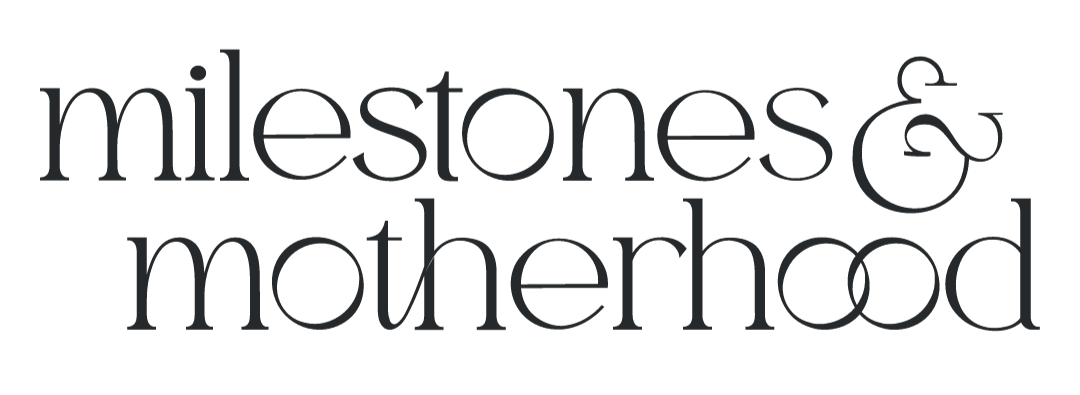Why Is My Baby Walking Backwards?
“What is walking backwards and sideways doing for development?”
ANSWER- To answer this, it can be helpful to think about the planes of movement that humans move through - so here we go!
There are three planes of movement for humans: Sagittal (cuts the body into R & L halves), frontal (cuts the body into front & back halves), and transverse (cuts body into top & bottom). Transverse is the rotational plane- that is MOST advanced for movement.
Those planes matter for understanding the developmental sequence because we develop starting with basically the easiest plane of motion (Sagittal plane), and progress towards the most complex/mature way of moving which is through rotation/movement through the transverse plane.
For example, the standing progression is pulling to stand (sagittal plane motion)>> into cruising/side stepping along furniture with hand support (frontal plane) >> more advanced rotation with hand support as they let go with one hand & explore. That is where that side stepping comes into play.
Similar progression though those planes of motion occur as they become proficient independent walkers, starting with more side to side toddling steps, progressing to more active trunk and pelvis rotation and and arm swing (rotation). With that progression becomes more functional movement patterns as well, meaning things we do often and may not even realize - like side stepping around an obstacle, or stepping backwards to back away from someone. It all comes together as we move through the developmental sequence and beyond - which is SO cool, right?!
Hope that helps!
Want more?
For developmental questions, tips and guidance related to milestones about tummy time, rolling & sitting, crawling and walking, check out KC’s developmental Masterclasses linked here.
Was this helpful? Save it for later!
KC is a pediatric doctor of physical therapy, wife and mom of three! She has spent her career working with children and young adults of all ability levels, and currently specializes in birth to three years.



